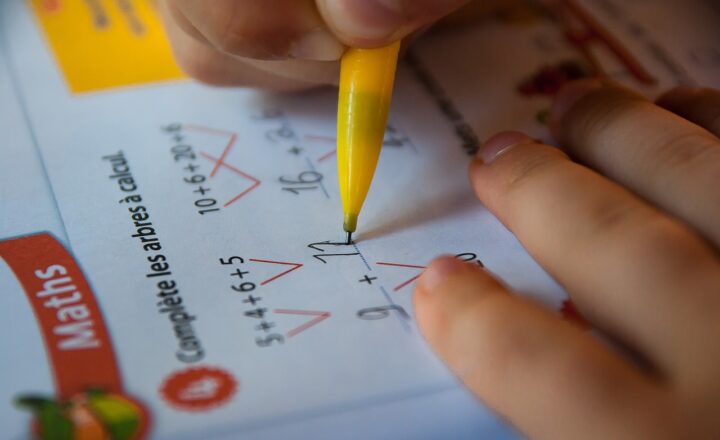The Mathematics of Probability: Why Coincidences Aren’t Always So Random
November 12, 2024

Probability is a branch of mathematics that deals with uncertainty and quantifies the likelihood of events occurring. It may sound abstract, but the principles of probability shape our daily lives in profound ways. This article dives into the mathematics of probability and explores why coincidences often seem less random than we perceive, emphasizing the structured nature of chance.
1. Understanding Probability
Probability is often defined as a measure of the likelihood of an event occurring. It is expressed as a number between 0 and 1, where 0 indicates impossibility and 1 indicates certainty. For example, the probability of flipping a fair coin and it landing on heads is 0.5 or 50%.
The formula for calculating probability is:
P(Event) = (Number of favorable outcomes) / (Total number of outcomes)
This mathematical framework allows us to analyze situations and make informed predictions about future events based purely on known data.
2. Coincidences: A Matter of Probabilistic Structure
When people encounter coincidences, they often attribute them to fate, luck, or even supernatural forces. However, from the lens of probability, coincidences are a matter of statistical structure.
A famous example is the birthday paradox. You might think that in a group of 23 people, the chances of two individuals sharing a birthday are low. Surprisingly, the probability is over 50%! This counterintuitive result occurs because the number of possible pairs of birthdays grows as more people are added to the group, amplifying the likelihood of a shared birthday.
3. The Law of Large Numbers
The law of large numbers states that as the number of trials in an experiment increases, the experimental probability of an event converges to its theoretical probability. In simpler terms, the more you flip a coin, the closer the actual ratio of heads to tails will be to 50%.
Thus, coincidences often seem prominent when observed in small samples. If you flip a coin only ten times, you might get heads six times and tails four times. This may seem like an abnormal pattern. However, with more flips, you get a clearer picture of the expected distribution.
4. Common Misconceptions about Randomness
Many people hold misconceptions about randomness and coincidences. Here are a few:
- Misconception 1: Random means evenly distributed. While randomness refers to the unpredictability of outcomes, it does not mean that the results will be evenly distributed in small samples. For example, in a series of coin flips, you may get several heads in succession—this doesn’t mean the next flip is “due” to be tails.
- Misconception 2: Coincidences are extraordinary. The frequency of coincidences can be explained statistically. Events that seem unlikely can happen, but they are not as rare as one might think when you consider the vast number of potential occurrences in daily life.
5. The Role of Patterns in Coincidences
Humans have an innate tendency to recognize patterns, even where none exist. This is called apophenia. Consequently, we may perceive a connection between unrelated events simply because our brain is wired to recognize patterns.
For example, seeing a certain number repeatedly—like 11:11 on the clock—can prompt thoughts of luck or significance even though it’s a common occurrence driven by randomness.
6. Exploring Examples of Probabilistic Events
Here are a few contexts where understanding probability can clarify coincidences:
- Sports Statistics: Players achieving records may seem extraordinary, but detailed analyses highlight how statistical probability parallels certain performances over time.
- Medical Conditions: Coincidences involving health issues often arise from common environmental factors. Understanding the malignant types helps underscore these occurrences without mistaking them for fate.
- Epidemiology: When outbreaks of diseases happen, the clusters of cases can often be explained by examining shared conditions or geography rather than invoking chance events.
7. Conclusion: Embracing the Mathematics of Chance
Understanding the mathematics of probability allows us to see coincidences in a new light. Rather than viewing them as mere chance events, we can appreciate them as nuances of a structured and predictable mathematical landscape.
By utilizing probability theory, we can demystify the seeming randomness of life, making informed choices and distinctions about the events we encounter. In a world where patterns abound, recognizing the blend of randomness and order in our experiences can empower us to navigate our decision-making processes with confidence and clarity.
Remember that probability doesn’t eliminate uncertainty; instead, it provides a framework that can help us understand and engage with the unpredictable elements of life more intelligently.








